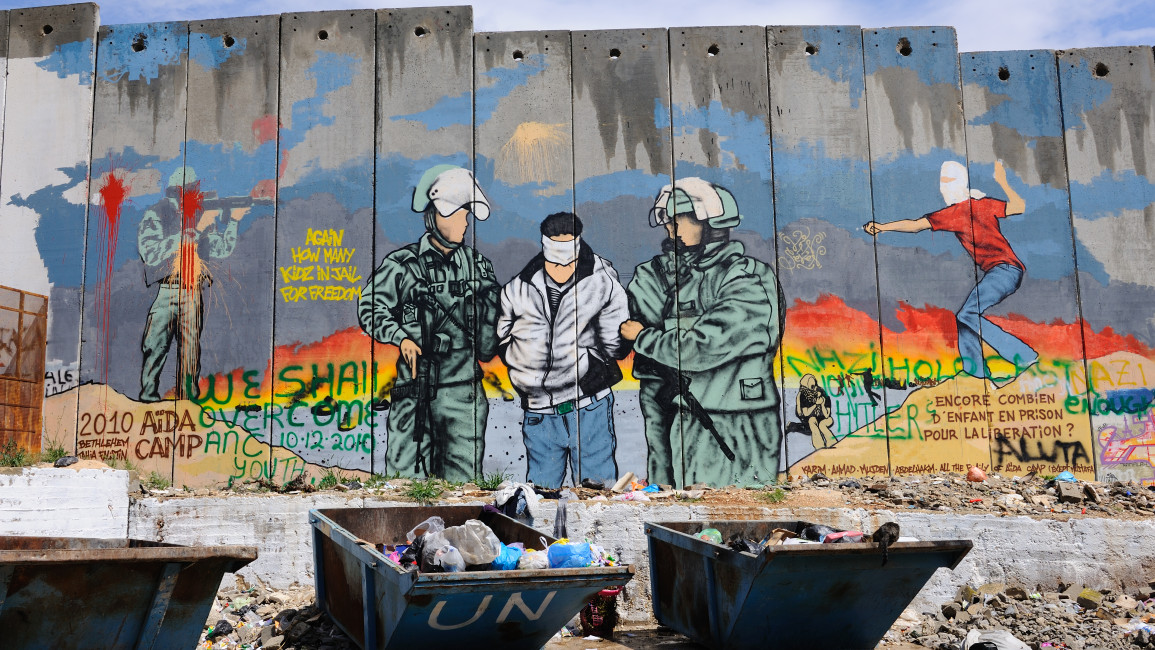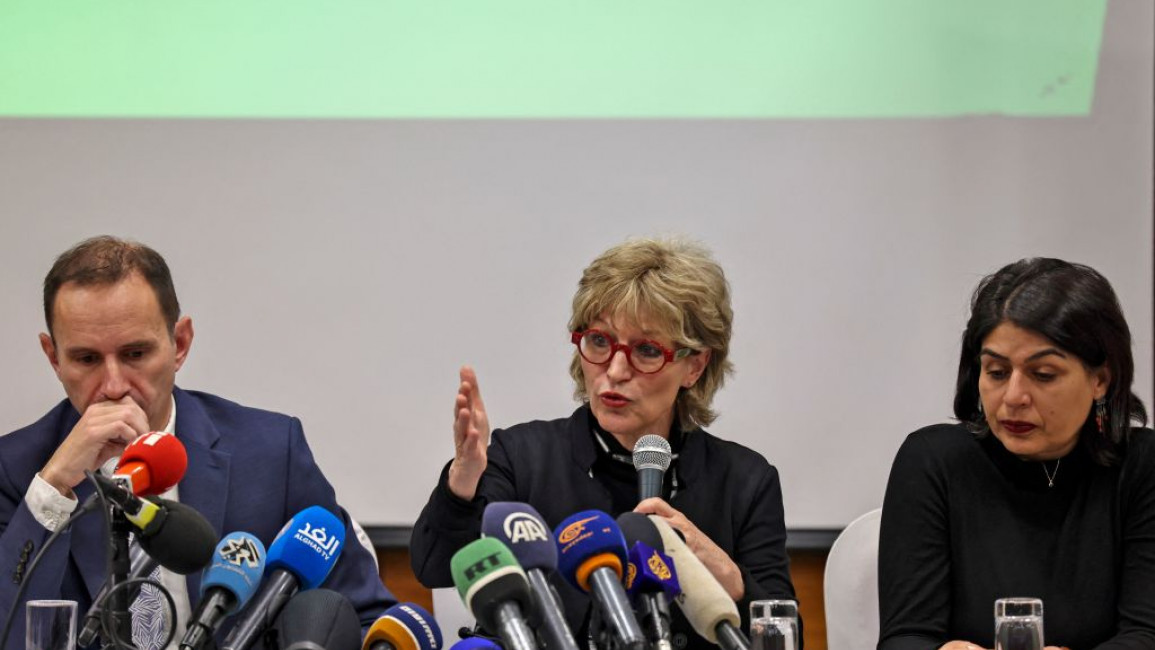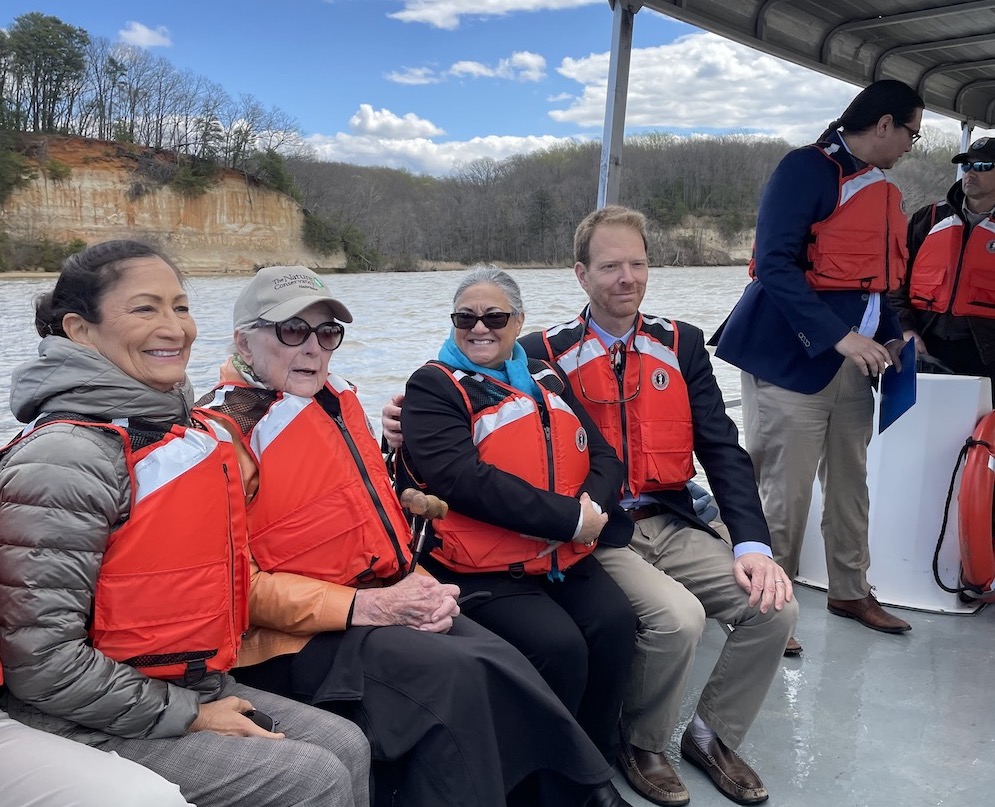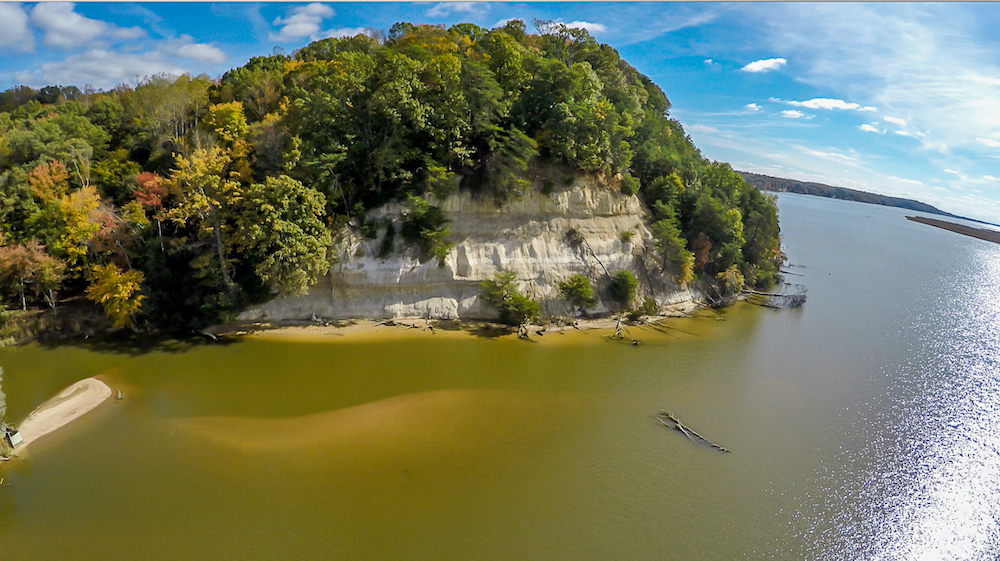
'Hysterical, dangerous & counterproductive': Israel reacts to Amnesty's 'apartheid' label
In-depth: After Amnesty International's historic report that found Israel was committing the crime of apartheid against Palestinians, Tel Aviv has launched a targeted campaign to delegitimise the organisation based on claims of anti-Semitism.
Analysis
Nick McAlpin
London
29 March, 2022
Tel Aviv has been waging a multi-front campaign against Amnesty International following its historic report that concluded that Israel is committing the crime of apartheid against Palestinians.
Amnesty International, among the world's leading human rights groups, has been the target of online advertising smearing the group, efforts to remove its tax-free status and public condemnation regarding the document, which aligns with Palestinian civil society's long-held stance.
In the report, Amnesty crucially determined that apartheid exists not just in occupied Palestine, but also within Israel and for Palestinian refugees abroad.
This sets Amnesty apart from Human Rights Watch (HRW) and Israeli rights NGO B'Tselem, neither of which considered the experiences of refugees abroad in separate 2021 reports, though B'Tselem concluded apartheid exists inside Israel.
"Israeli authorities seek both to slam Amnesty's report as anti-Semitic and let it fade away by avoiding mentioning it too often"
Discussing the Israeli state's response to Amnesty, Israeli historian and director of the European Centre for Palestine Studies Ilan Pappé said, "This has always been the line since the very beginning of the Zionist project. Any reference that contradicts the Zionist narrative is not legitimate and is informed by anti-Semitism.”
But Pappé doesn't see much difference between Israel's reaction to Amnesty's findings and its response to HRW and B'Tselem's reports from his reading of Israeli and pro-Israel media.
RELATEDIn-depthHugo Goodridge
However, Pappé believes that Tel Aviv is "definitely more worried", arguing this is because of Amnesty's reputation.
He said Israel has had an "ambivalent reaction", starting with a "fierce" response before going quiet. An Israeli state "attack" usually lasts longer, according to Pappé.

This indicates the Israeli authorities seek both to slam Amnesty's report as anti-Semitic and let it fade away by avoiding mentioning it too often, Pappé contended.
The day before Amnesty's apartheid report was released, an Israeli foreign ministry statement asked for it to be withdrawn, alleging it uses "extremist language and distortion of historical context… designed to demonise Israel and pour fuel onto the fire of anti-Semitism".
Agnès Callamard, Secretary General of Amnesty, responded by telling AFP "a criti[que] of the practice of the State of Israel is absolutely not a form of anti-Semitism."
She said her organisation had "offered to talk to [Foreign Minister Yair Lapid] about the report… in October", adding that he had not responded to this.
RELATEDIn-depthSuraya Dadoo
"It is far too late for him now to just call on us not to publish the report," she maintained.
Since then, Amnesty has still not received any engagement from the Israeli authorities, according to Kristyan Benedict, a campaign manager for Amnesty International UK.
Israeli officials have also largely refrained from condemning the rights group in English-language media, despite a mild intervention from United Arab List leader Mansour Abbas, who said he "would not call" what's happening inside Israel "apartheid". The Palestinian politician has previously been criticised over other remarks on Israel.
While the Israeli authorities have stuck to a familiar strategy in traditional media, they have innovated with online advertising, launching a smear campaign.
"While the Israeli authorities have stuck to a familiar strategy in traditional media, they have innovated with online advertising, launching a smear campaign"
At least three variations of a Google ad appeared for some users searching for terms containing "Amnesty". All ad versions seen by The New Arab claim Amnesty's apartheid report "quotes lies spread by terrorist organizations", with two calling it "anti-Semitic".
They also all link to an Israeli foreign ministry mini-site alleging the report seeks to "eliminate the State of Israel – or deny its right to exist – as the nation state of the Jewish people".
The webpage contains videos and links to several articles that either support Israel or criticise Amnesty.
"I think the Israeli authorities' response pre-launch, during and after has been hysterical, dangerous and counterproductive," said Benedict. He highlighted that 13 of Israel's top human rights groups strongly criticised the Israeli state's reaction to his organisation's report.

"There is an awareness of the cynical nature of the Israeli authorities with regards to trying to hide [Israel's] crime of apartheid… by using the allegation of anti-Semitism, or supporting terrorism or other outlandish claims – against a range of rights organisations," Benedict continued.
Benedict added that the NGO considers Israel's conduct through the apartheid convention, the Rome Statute – which is the foundational document of the International Criminal Court – and other international law.
"If [the Israeli authorities] want to say that international law is inherently anti-Semitic, then they can say that," he said.
Marc Owen Jones, an assistant professor in Middle East studies at Hamad Bin Khalifa University in Qatar and author of Digital Authoritarianism in the Middle East, wasn't shocked the Israeli foreign ministry alleged Amnesty's criticism was anti-Semitic. However, he said he was "a little surprised" the ad "actually suggested that Amnesty wanted the destruction of Israel".
"I thought that was quite extreme language," he added.
RELATEDAnalysisEmad Moussa
As far as Jones is aware, he hasn't before seen the Israel state use a Google advertising campaign against a human rights group like the one it employed on Amnesty. Jones criticised the ad appearing on the search giant's platform.
"I think that's pretty… appalling how a company should receive money from a government to spread its propaganda, especially when that propaganda involves trying to gloss over gross human rights violations and potential crimes against humanity… no company should allow a government to use their platform to spread propaganda that comes at the expense of people's lives and livelihoods."
Google told The New Arab it had "reviewed these ads carefully and found they do not breach our ads policies".
Jones added that he feels the ad having been permitted on Google shows Big Tech firms are motivated by profit, stressing that he believes it also "highlights an element of political bias".
"I doubt the Myanmar regime would've been able to take out an advert criticising a report that was documenting abuses against its population," the academic said.
"In addition to digital advertising, Israeli authorities have made an effort against Amnesty in the offline world. There has been a move towards axing the tax-exempt status of the NGO's section in Israel"
A Google spokesperson told The New Arab, "We are committed to provide a safe and positive experience for all our users and do not allow ads or destinations that display misrepresentations, such as clickbait, shocking content or dangerous or derogatory content.”
In addition to digital advertising, Israeli authorities have made an effort against Amnesty in the offline world. There has been a move towards axing the tax-exempt status of the NGO's section in Israel, Israel Hayom reported in early February.
The outlet said the justice minister signed off on rules which would enable this, but a spokesperson for Amnesty's Tel Aviv branch on 13 March said no measures had yet been taken.
He added that the constitution committee would consider sanctions against Amnesty Israel, including concerning its tax exemption.
RELATEDIn-depthBrooke Anderson
According to Benedict, Amnesty has had many issues with Israeli officials over the years, including concerning its Israeli wing's tax status.
The Israeli foreign ministry pointed The New Arab to its press release from the day before Amnesty's report was published.
The ministry also highlighted comments allegedly made by Paul O'Brien, the executive director of Amnesty's US branch. He was quoted by Jewish Insider as saying Israel "shouldn't exist as a Jewish state", and that "Amnesty takes no political views on any question, including the right of the State of Israel to survive."
The foreign ministry contended that O'Brien had shown "the true face of the organisation, calling for the elimination of the nation state of the Jewish people".
O'Brien tweeted that his comments "were taken out of context". He said he hadn't "questioned the right of Israel to exist" and argued he "has been misreported".
He added that his comments related to Amnesty's issues with Israel's nation-state law, which affords only Jews the right to self-determine within Israel.
"Despite Israel’s targeted campaigns and efforts to delegitimise organisations criticising its human rights abuses, it is becoming increasingly difficult to deny Israel’s crime of apartheid"
O'Brien said his "exact words" were: "No I don’t believe that Israel should be preserved as a state in which one race is legally entitled to oppress another.
"But yes I understand that the Jewish people have a legitimate concern about their existence being threatened and that needs to be part of the conversation."
The Amnesty leader added that he "repeatedly" expressed his organisation's backing for both Jewish and Palestinian self-determination at the event. He said he explained "[s]everal times" that his organisation "has no political view on the legitimacy or existence of any state".
On 14 March, Jewish Insider published what it said was an audio recording of O'Brien's speaking engagement, along with a transcript of selected parts of this. The New Arab could not immediately verify the authenticity of the recording or transcript.
Just last week, the Special Rapporteur on human rights in the Occupied Palestinian Territories Michael Lynk submitted a report to the UN Human Rights Council reaching the same conclusion as Amnesty.
Despite Israel’s targeted campaigns and efforts to delegitimise organisations criticising its human rights abuses, it is becoming increasingly difficult to deny Israel’s crime of apartheid.
Nick McAlpin is a staff journalist at The New Arab.
Follow him on Twitter: @NickGMcAlpin











